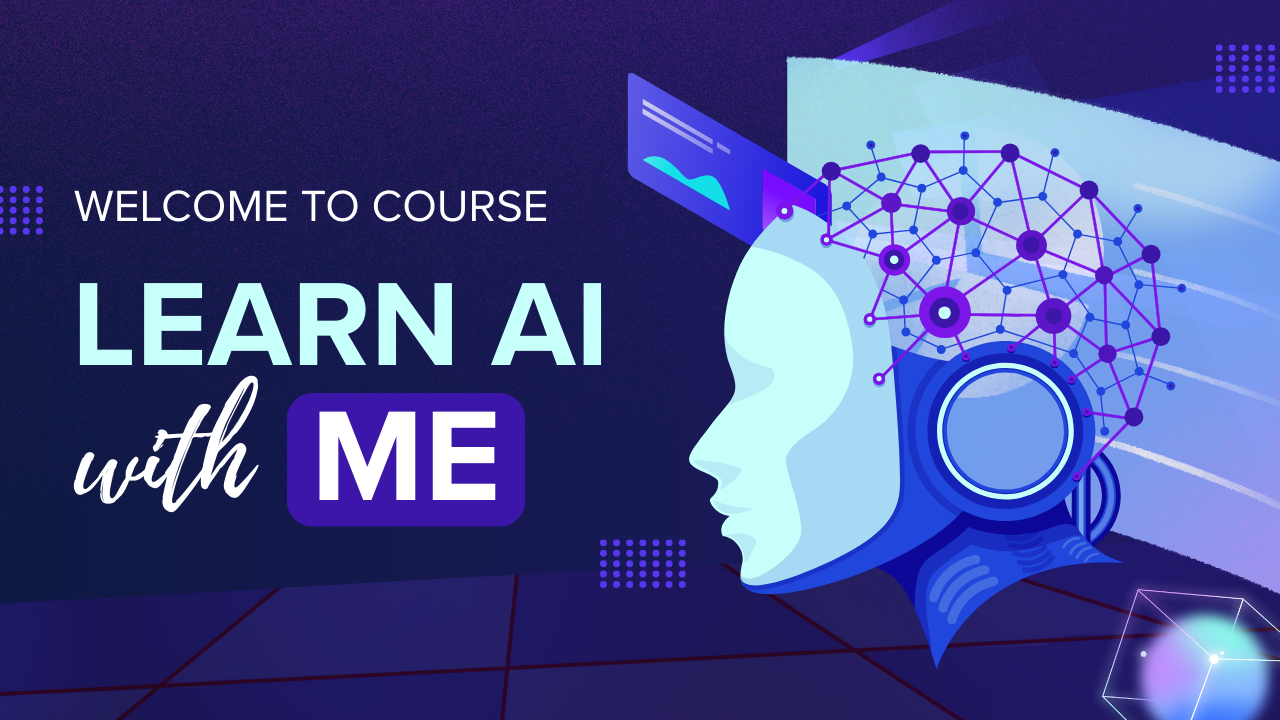Benchmarks

Benchmarks
An LLM benchmark is a standardized performance test used to evaluate various capabilities of AI language models.
Providing a benchmark makes it easier to compare one model against another and, ultimately, select the best one for your proposed use case.
A benchmark usually consists of a dataset, a collection of questions or tasks, and a scoring mechanism. After the benchmark’s evaluation, models are usually awarded a score from 0 to 100.
There are multiple benchmarks existing. Depending on the user case you will solve with language model help, you must choose an appropriate benchmark or a set of benchmarks. Here, you will explore only some of the main used to assess different aspects of language models:
Perplexity
This classic metric measures how well a model predicts the next word in a sequence.
Lower perplexity scores indicate better performance, as the model effectively chooses the most likely word from a large vocabulary.
However, perplexity can be misleading as it doesn't directly assess real-world tasks or consider factors like fluency or coherence.
General Language Understanding Evaluation (GLUE) and SuperGLUE
The General Language Understanding Evaluation (GLUE) benchmark tests an LLM’s natural language understanding capabilities and was notable upon its release for its variety of assessments.
SuperGLUE improves upon GLUE with a more diverse and challenging collection of tasks that assess a model’s performance across subtasks and metrics, with their average providing an overall score.
Analyzing performance across these diverse tasks gives you a broader understanding of the model's strengths and weaknesses.
- GLUE: GLUE Benchmark
- SuperGLUE: SuperGLUE Benchmark
Measuring Massive Multitask Language Understanding (MMLU)
This benchmark goes beyond traditional NLP tasks, assessing the model's understanding across various subjects and domains.
It includes questions from humanities, sciences, and other fields, providing a more comprehensive evaluation of the model's general knowledge and reasoning capabilities.
Human Evaluation
Human judgment is crucial in assessing fluency, coherence, and task-specific success.
Human evaluators can judge the model's outputs for readability, factual accuracy, and completion of the desired task.
EPAM's LLMs Benchmark
This page compares the effectiveness of Anthropic, Google, OpenAI, and Meta LLMs in executing software engineering tasks, including code translation, code generation, and documentation generation.
Evaluating language models effectively requires a multifaceted approach, as a single benchmark might not capture all their capabilities.
Choosing the Right Benchmark
The best benchmark for your needs depends on the specific language model and its intended use case. Consider these factors:
Your goals: What tasks do you need the model to perform?
Model type: Are you evaluating a general-purpose LLM or a specialized model?
Desired aspects to assess: Do you prioritize fluency, factual accuracy, or performance on a specific task?

Written by Rahul Aher
I'm Rahul, Sr. Software Engineer (SDE II) and passionate content creator. Sharing my expertise in software development to assist learners.
More about me